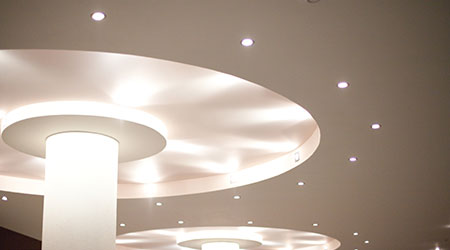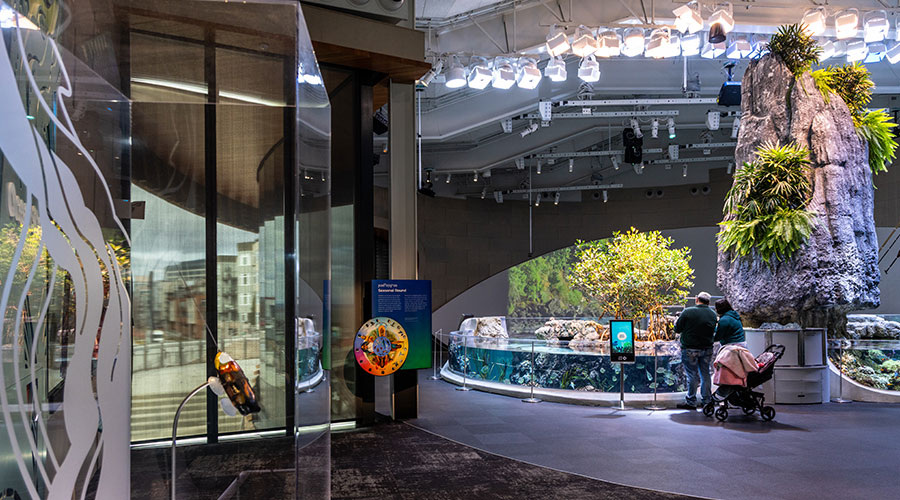 Managers must make the decision to upgrade existing lighting only after careful evaluation.
Managers must make the decision to upgrade existing lighting only after careful evaluation. LED Upgrades: Technology Advances
LEDs have become a much more viable and increasingly simple option for replacing fluorescent lights in a variety of facilities.
As LED technology progresses, designs are using circuits that can restrict inrush current transients while at the same time allowing for higher energy efficiencies. The use of an LED driver retrofit kit is one relatively easy, affordable solution that eliminates ballast compatibility issues common with plug-and-play LED lamps. An LED driver used in the housing within the light fixture bodies themselves or in existing lights might have sufficient independent outputs that eliminate the need for additional wiring or a daughterboard.
Another potential consideration a manager should be aware of is potential operability issues related to existing dimming controls. While LEDs are the preferred source for dimming versatility, they do require a dimming-compatible driver in order to provide dimming control whether using a new fixture or a retrofit lamp. Be sure to coordinate with the manufacturers of both the driver and dimmer to confirm that it is the right product for the application’s needs.
Even if a driver and control device are said to be compatible, managers should test the combination if possible. Many fixture or driver manufacturers can perform this test. The benefits of having LED lamps with proper dimming capabilities include even greater energy efficiency and a prolonged lamp life. They also provide end users with more ability to fine-tune their environments to their needs and preference.
LEDs have become a much more viable and increasingly simple option for replacing fluorescent lights in a variety of facilities, and they often provide considerable energy savings. But it is important for managers to be aware of the potential challenges when upgrading from fluorescent to LEDs before making the purchasing decision.
Understanding the desired light level and the intended use of a space are important first steps in considering whether to pursue one-for-one replacement lamps or invest in a full light fixture replacement. Researching compatibility with dimming controls and ballast types, along with testing proposed combinations, can go a long way in preventing potential post-installation issues. Managers also should consider the assistance of a professional lighting designer or engineer to provide evaluation of the application and guidance through the purchasing process.
Andrea Mulvany, P.E., is an associate vice president and director of the arts and culture practice for Henderson Engineers — www.hendersonengineers.com — where she helps run operations in the firm’s Kansas City office. She designs facility electrical systems and specializes in performing arts centers and commercial interiors, as well as retail, health care and education facilities.
Related Topics:














